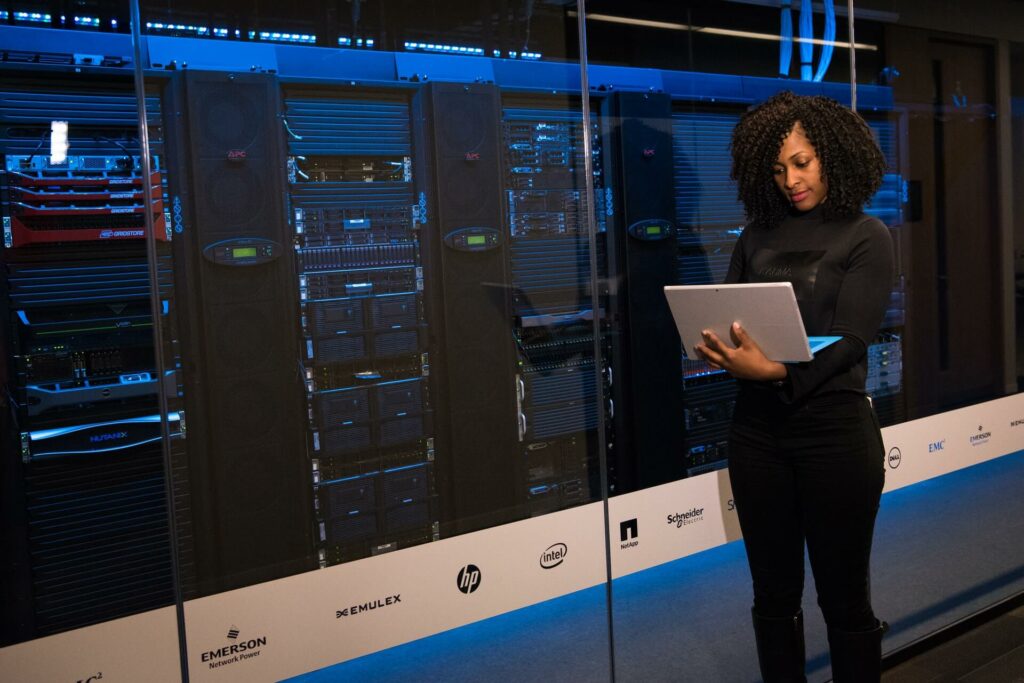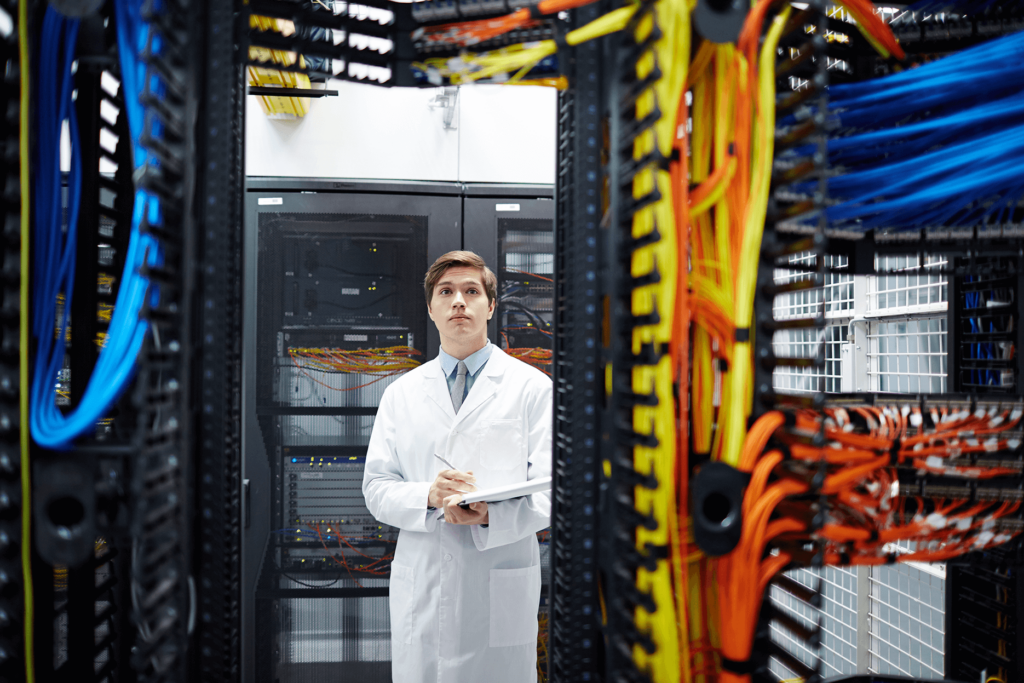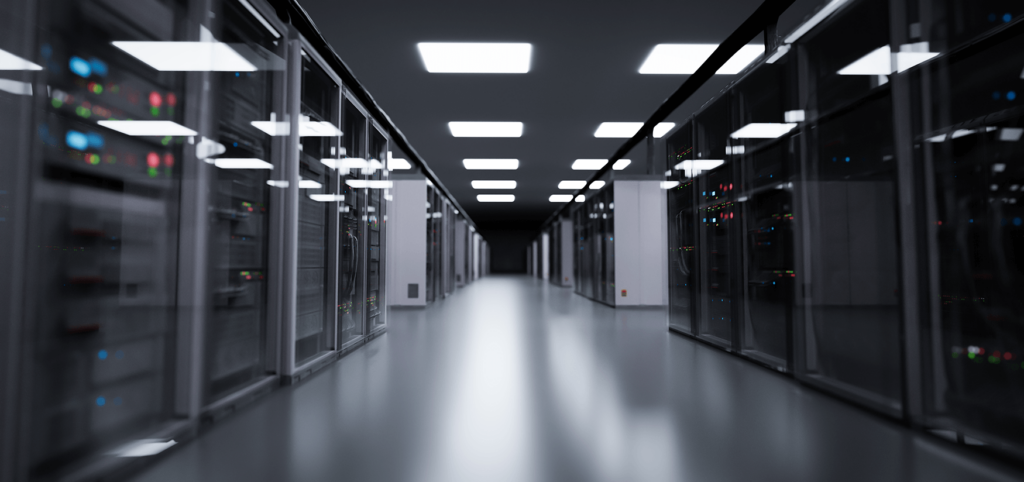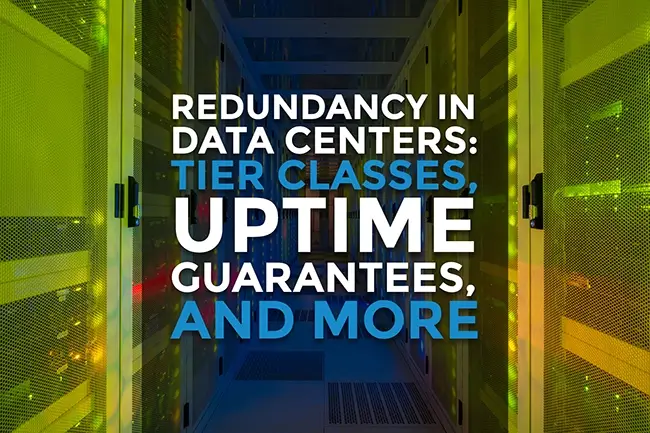The Importance of Uptime in Data Centers
As our reliance on technology grows, so does the number of data centers needed across the globe to support our digital needs.
According to the US International Trade Commission, as of January 2021, there are 8,000 data centers internationally with 2,600 being in the United States.
Data center customers include both SMBs as well as many Fortune 500 companies, who use these data centers to support critical business operations.
Industries supported by this digital infrastructure include financial services, healthcare, the public sector, digital retail, communications, and more.
In 2016, the Ponemon Institute released an independent research report that found the average cost of a data center outage was $740,357, with the maximum cost reaching over $2.4 million.
With the incredible cost associated with extended downtime, it is important for data centers to recognize the impact of downtime and make significant efforts to remediate power outages in data centers.
These efforts can be displayed in redundancies that are duplicate backup components that are designed to take over operation should a critical component’s functionality fail.
Power grid instability and severe weather events can trigger unexpected power outages, and if redundancies are not present then critical functionality needed by data center customers may go offline.

Data Center Redundancy: N, N+1, N+2, 2N, 2N+1
The level of redundancy in data centers is what data center customers look at when determining which data center will best fit their needs and minimalize downtime.
N redundancy represents the baseline needed for the facility to operate at full capacity.
A facility tagged with N redundancy will have the systems needed to operate, however, it will have no component redundancies in place should the facility face unexpected system downtime or failure, resulting in system non-functionality until the component failure is resolved.
This type of vulnerability is unacceptable for many data center customers, as it offers zero protection from a single system failure point.
A facility with N+1 redundancy has a single stage of backup components to critical facility infrastructure.
This would mean that there is a backup component available that can take over a component’s load should the equipment need to be taken offline for service. This can apply to equipment such as the UPS (Uninterruptable Power Supply), generator, HVAC, or cooling system.
Although N+1 facilities do display some redundancies, the integrity of the facility is still at risk should multiple simultaneous failures occur.
Compared to N+1, a facility with N+2 redundancy has not one, but two backups. This provides an additional level of protection should a facility experience repeat component failure.
2N redundancy means an independent mirrored system is in place to satisfy full system demands should the primary system be taken offline. This allows facility managers the ability to take primary components offline and switch between the systems without interrupting customer service demands.
2N+1 is the highest level of redundancy in a data center. 2N+1 redundancy provides the same mirrored backup system as seen in 2N but also includes additional backup components which can be relied upon should the primary system fall offline, and a secondary system component needs to be maintained or repaired.
The redundancies present in 2N+1 facilities contribute to the highest levels of uptime in data center facilities across the globe.
Data Center Tier Classifications
Through the tech boom of the 1990s and 2000s, the growing digital demand required more capable and reliable data centers to be built around the world.
The first standardized rating system was created by the Uptime Institute and with it came world-recognized standards for data center performance.
Site classification ratings from Uptime Institute are not required, although they are preferred by many in the industry.
To apply for a tier classification, site documentation must be submitted to the Uptime Institute. Some factors that are considered when rating a data center include redundancies, cost, infrastructure, security levels, and service guarantees.
This is typically followed up by an on-site visit where facility operations will be analyzed by Uptime Institute representatives and then a tier rating is assigned to the data center.

Tier classifications are currently divided into four different tiers, ranked from 1 to 4. Tier 1 classification is the lowest-level rating and Tier 4 is the highest-level rating.
There are many clear advantages that come with using higher-tiered data centers, although they do come at a premium cost.
By being assigned a tier classification, data centers can leverage their rating for validation, business development, marketing, and more.
Tier 1 data centers, being the lowest rating assigned by UI, have an N redundancy meaning there are no backup components.
The facility only has the systems available to run at full capacity and is susceptible to downtime from any faults that may bring critical components offline.
Tier 1 data centers come at a lower price, making them an affordable option for start-ups and small companies. This rating level experiences less than 28.8 hours of downtime per year, which is a 99.671% uptime guarantee.
For a rating to rise into Tier 2, the data center must have partial N+1 redundancy with available backup components. These partial redundancies must be found in the power and cooling systems of the facility.
Most small and medium-sized businesses use Tier 2 data centers, as they provide some protection at an affordable price. Tier 2 data centers offer a 99.741% uptime guarantee, which translates to less than 22 hours of downtime per year.
Tier 3 & 4 data centers are considerably more reliable compared to the lower-tiered classifications.
Tier 3 data centers offer at least full N+1 redundancy, with some facilities offering full N+2. This full redundancy allows facility operators to work on critical components without taking systems offline.
This redundancy does come at a premium price because it allows for a 99.982% uptime guarantee, which results in less than 1.6 hours of downtime per year.
Tier 3 data center solutions make sense for many growing businesses who prioritize maintaining the uptime of their digital infrastructure.
The only fault-tolerant classification, Tier 4 data centers offer 2N redundancy at minimum.
For large companies, enterprises, and governments that have significant processing demands and who handle high loads of traffic, Tier 4 data centers are the only option as they offer an uptime guarantee of 99.995%.
With less than 26.3 minutes of downtime annually, Tier 4 facilities offer the highest levels of reliability possible.
These fault-tolerant facilities are the premium data center classification, and the costs to use Tier 4 data centers reflect that.

Data Center Backup Power Systems
Hardware components, such as backup power generators, can fail for several reasons.
In 2021, the backup generator at a data center in Ogden, Utah caught fire and caused the data center to shut down fully for an extended period.
In another instance in a San Francisco data center, backup systems failed to start when a power surge struck the facility, causing critical systems to go offline for nearly an hour.
These failures can stem from the quality of fuel being used, as contaminated fuel can cause critical component failure in these generators.
Therefore, it is important for facility managers to have a fuel management plan in place, where fuel is sampled and tested regularly for contaminants.
For these backup power systems, automated fuel maintenance systems are important for regular fuel polishing cycles to keep the fuel clear of contaminants.




